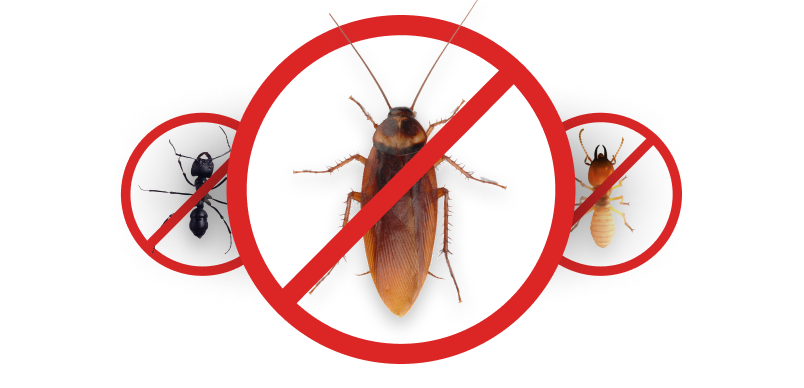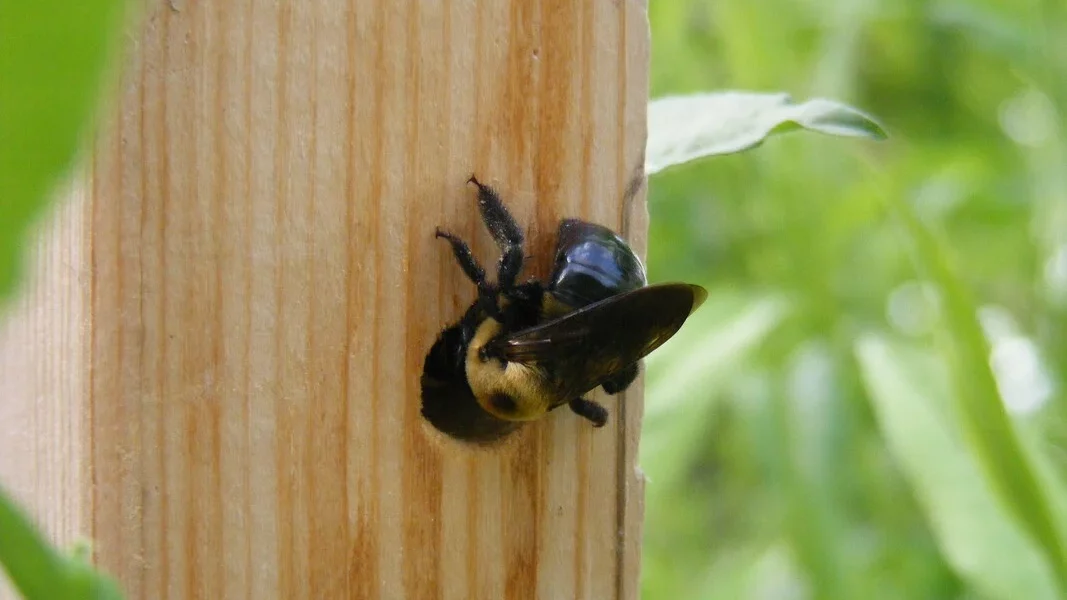
Carpenter bees often drill into untreated wooden boards.
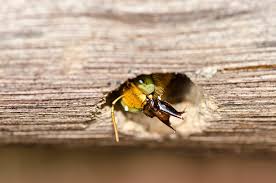
Wooden exteriors are prime nesting spots.
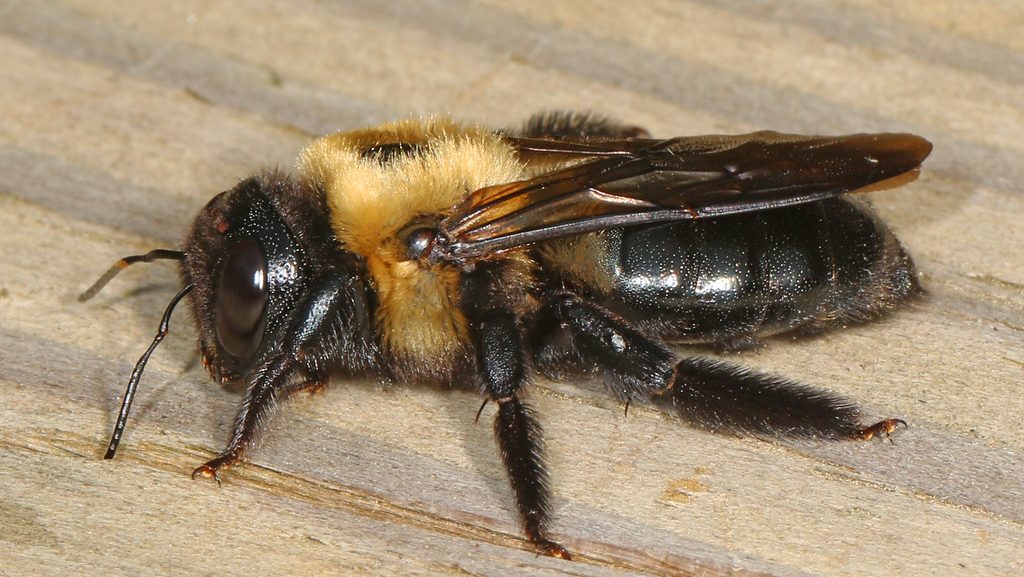
Damaged wooden furniture can house carpenter bees.
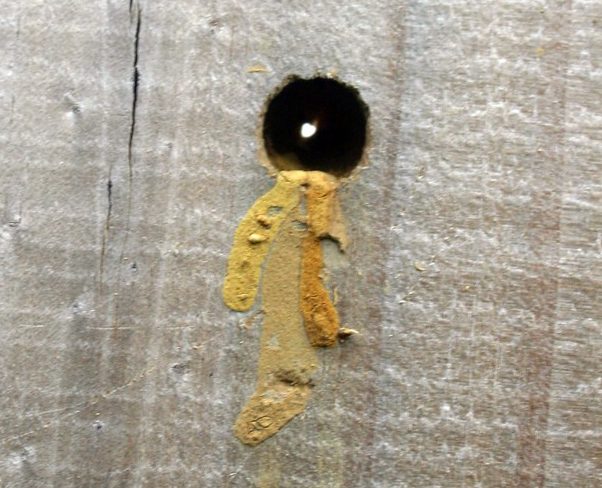
Exposed wooden posts and rails are attractive to carpenter bees.

Large and black, this species is found in North America.
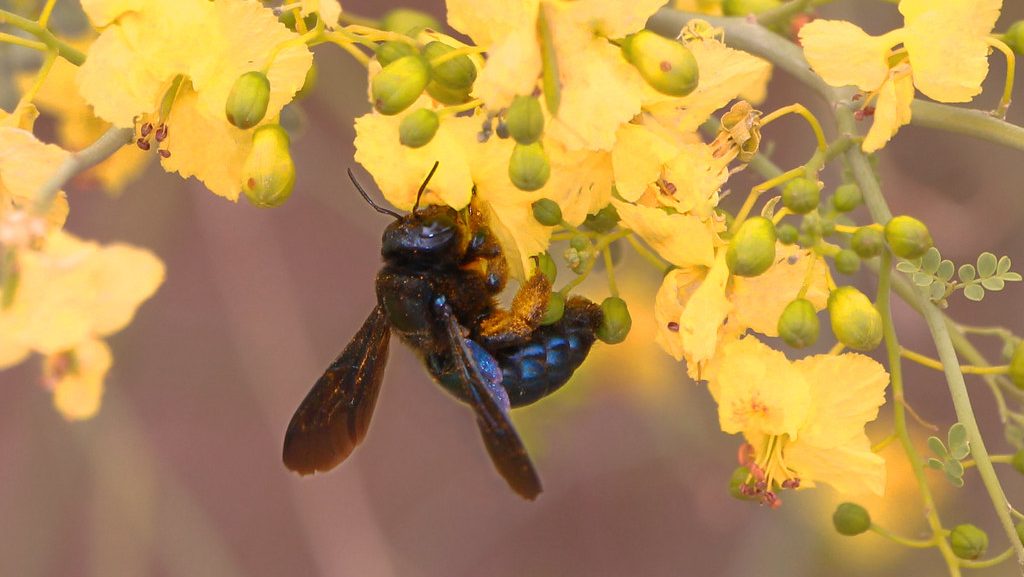
Known for its metallic green or blue body.
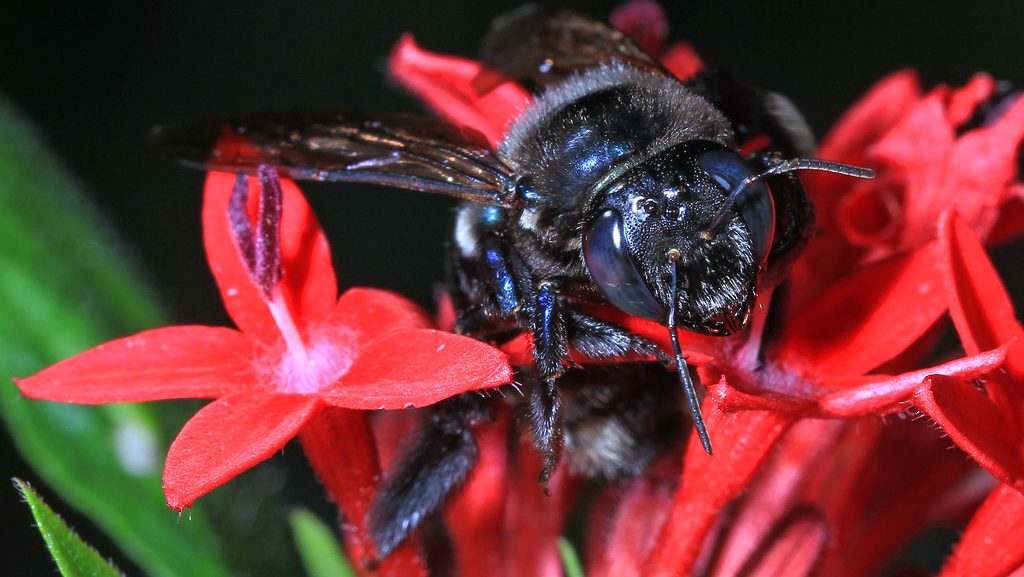
Smaller and more prevalent in warmer regions.
Carpenter bees are excellent pollinators.
Male carpenter bees do not sting but are territorial.
Their tunnels can extend up to 10 feet inside the wood.
Unlike honeybees, they do not live in colonies.
Carpenter bees prefer untreated, weathered wood.
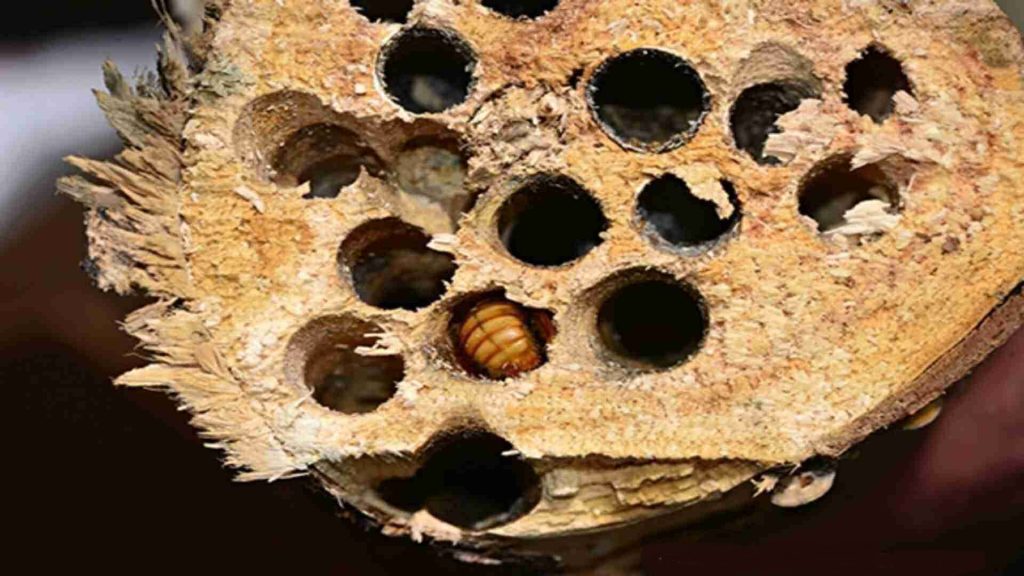
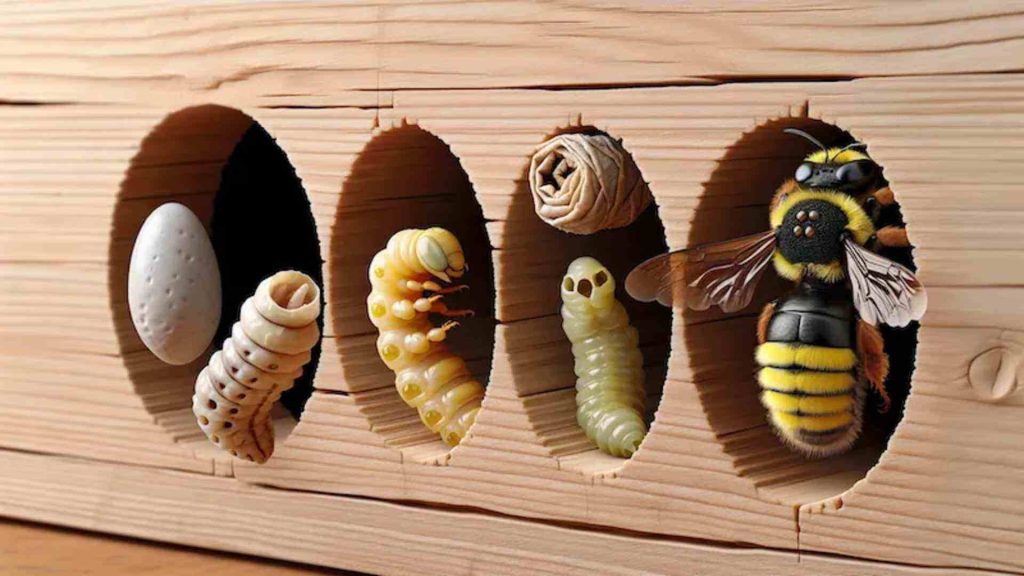
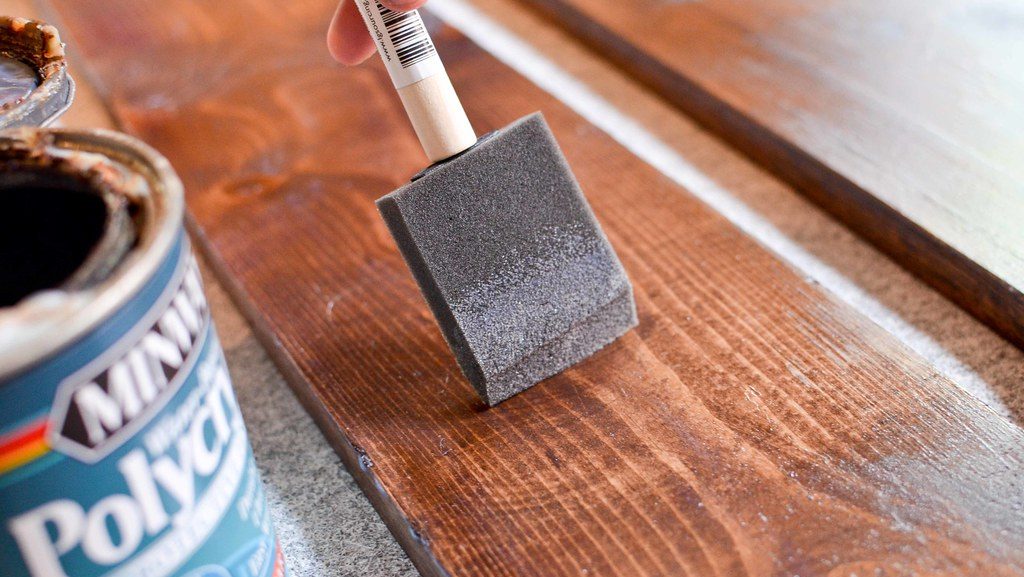
Apply paint or varnish to wooden surfaces.
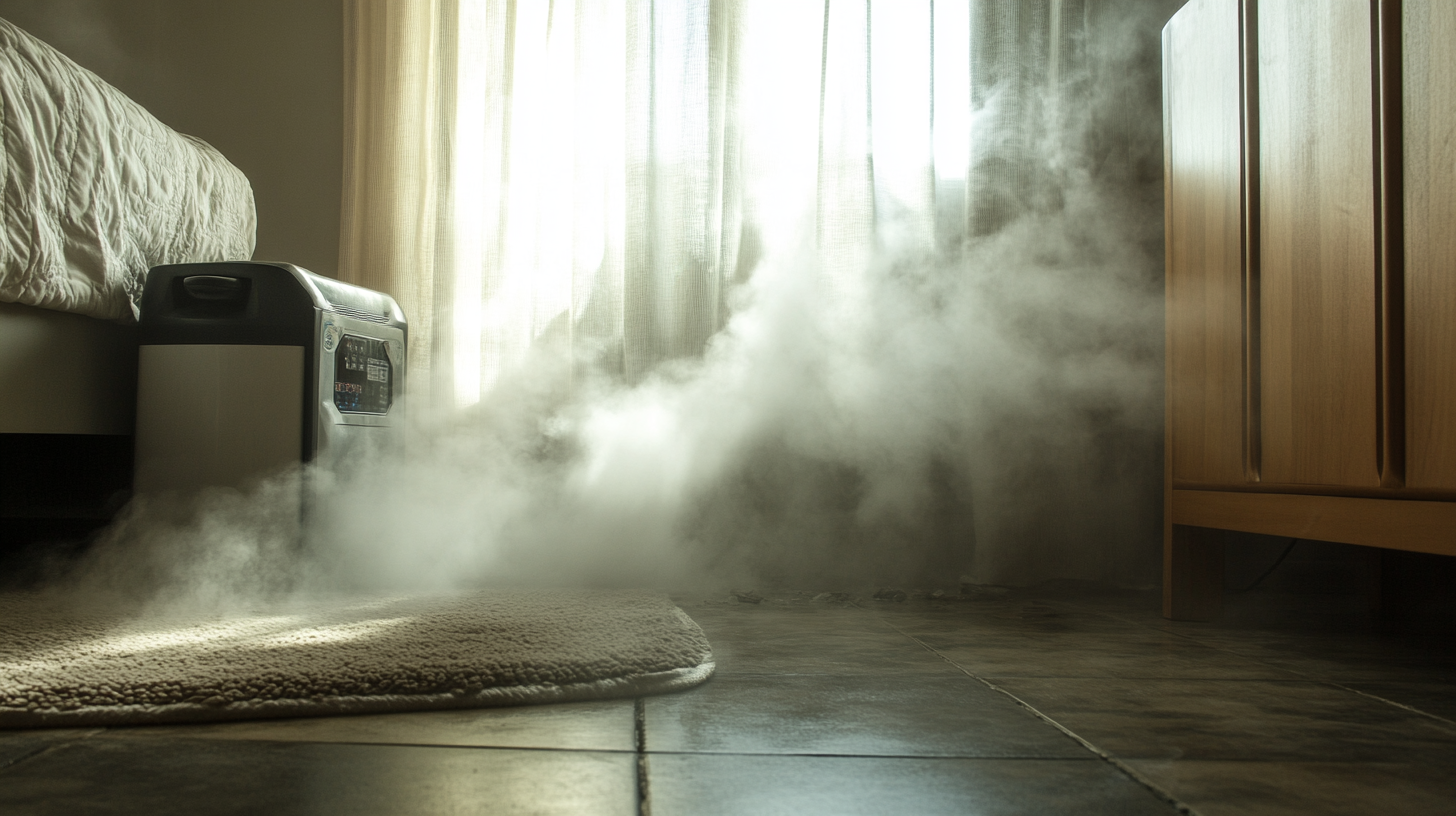
Apply directly into holes to target larvae.

A safe and eco-friendly repellent for bees.

Use a specialized bee vacuum to remove adults.
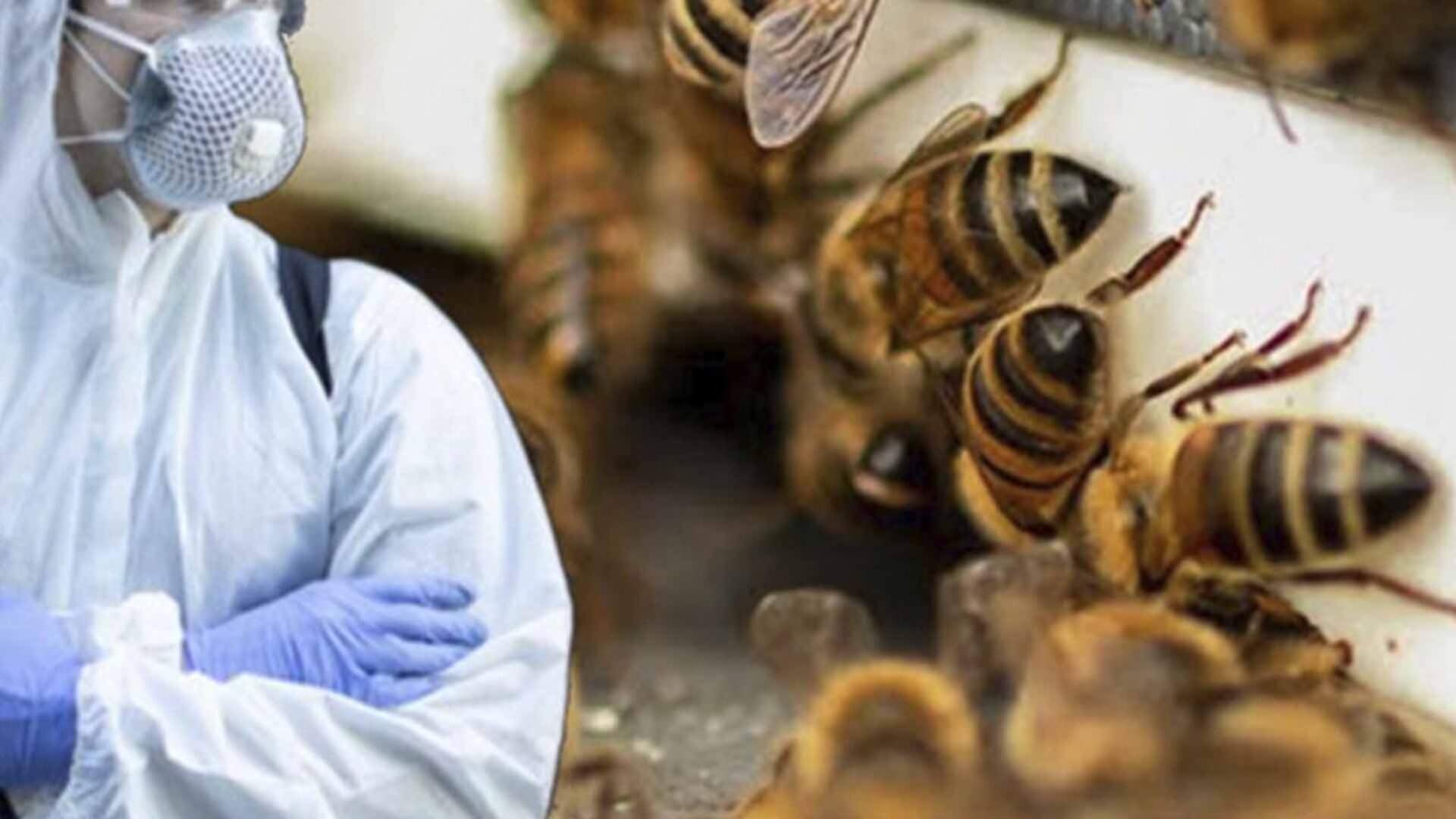
For severe infestations, call expert services.
While female carpenter bees can sting, they are usually non-aggressive and will only sting if provoked or handled. They have a stinger and venom, much like other bees, but they are not naturally inclined to sting humans. Male carpenter bees, on the other hand, can’t sting at all.
Yes, carpenter bees are significant pollinators. They play a crucial role in the pollination of many flowers and plants. While they may not be as prolific as honeybees in terms of pollination, their ability to transfer pollen from one flower to another contributes to the reproduction of various plant species. This makes them an important part of the ecosystem, aiding in the growth of fruits, vegetables, and ornamental plants.
Carpenter bees are not dangerous to humans as they are generally non-aggressive. However, they can pose a danger to wooden structures. Female carpenter bees bore into wood to create nests, which causes structural damage over time. Repeated nesting in the same area can weaken wooden structures, leading to the need for repairs. This behavior makes them a concern for homeowners with untreated or weathered wood on their property.
No, carpenter bees do not produce honey. Unlike honeybees, which live in colonies and produce honey to feed their members during winter, carpenter bees are solitary and do not have the same social structure or storage needs. Carpenter bees are known to collect nectar and pollen to feed their larvae, but they do not create honeycombs or store honey.
No, carpenter bees do not consume wood. They create nests and tunnels for their offspring. The sawdust-like material, or frass, seen around their nests is a result of their boring activities, not feeding. The tunnels they create can weaken wooden structures over time, especially if they return to the same site year after year.
